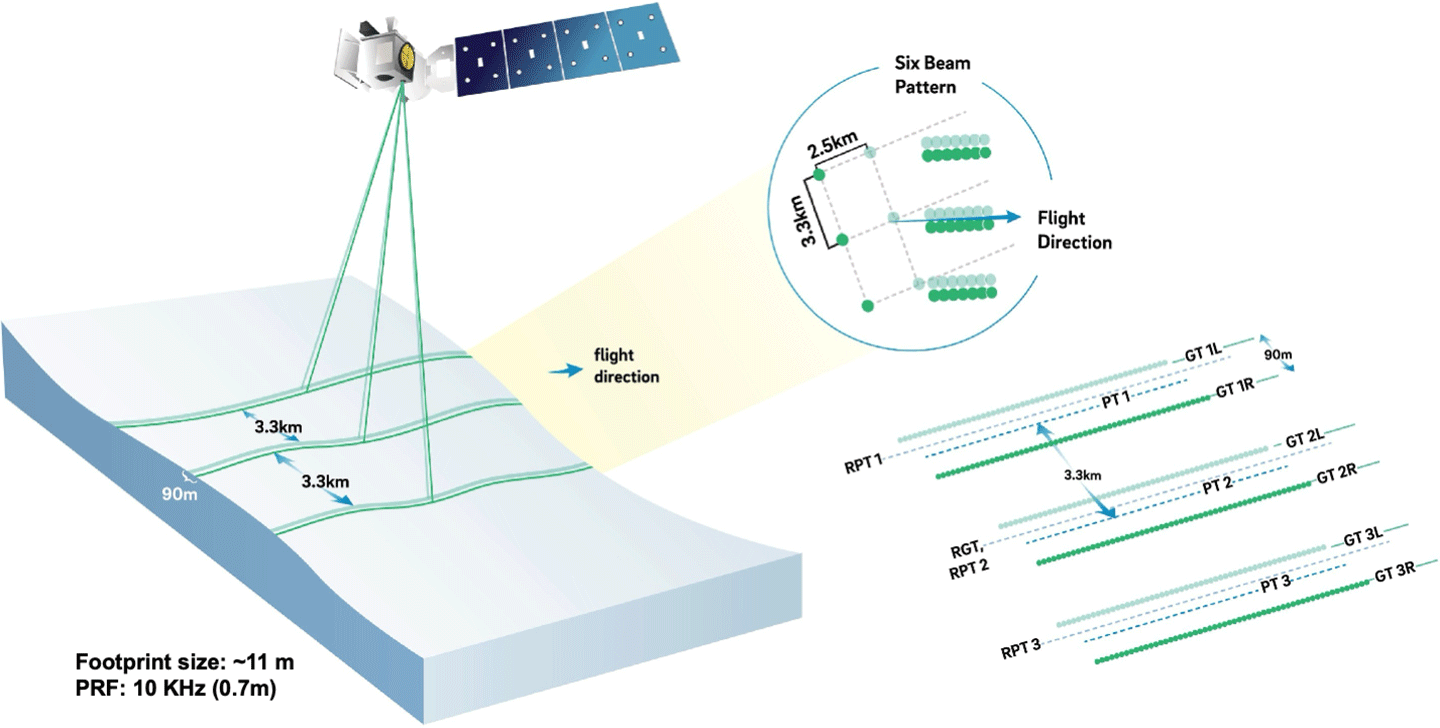Now Reading: NASA’s IXPE Captures First X-Ray Polarization of Magnetar Outburst
-
01
NASA’s IXPE Captures First X-Ray Polarization of Magnetar Outburst
NASA’s IXPE Captures First X-Ray Polarization of Magnetar Outburst

Quick Summary
- NASA’s IXPE (Imaging X-ray Polarimetry Explorer) observed the magnetar 1E 1841-045 during an outburst on August 21, 2024, near the remnants of supernova SNR Kes 73 located nearly 28,000 light-years from Earth.
- Magnetars are young neutron stars with the strongest known magnetic fields in the universe. These occasionally experience outbursts releasing up to a thousand times more X-ray energy than normal.
- IXPE redirected its observational schedule to capture the first-ever X-ray polarization measurements of a magnetar flaring event.
- The data showed that X-rays emitted during this magnetar’s active phase were highly polarized, especially at higher energy levels, providing critical insights into their origin and energetic processes.
- Findings suggest that “hard X-rays” dominate these high-energy emissions but their production mechanism remains unclear despite theoretical progress aided by polarization data.
- Research results are presented in two papers published in The Astrophysical Journal Letters led by Rachael Stewart at George Washington University and Michela Rigoselli from Italy’s National Institute of Astrophysics.
- The observation marks advancement in understanding extreme physics and enhances existing theories about magnetic field dynamics in magnetars.
read More: NASA IXPE Magnetar Outburst Study
Indian opinion Analysis
India has invested significantly in scientific collaborations aimed at expanding astrophysical research capacities. Observations like those by NASA’s IXPE not onyl further global knowledge but present opportunities for Indian scientists to contribute toward high-energy astrophysics studies using existing facilities such as Astrosat and upcoming missions like Aditya-L1. While India may not be directly involved with IXPE or this study,fostering international partnerships could enable access to similar advanced research outcomes.
Research into neutron stars such as magnetars also complements growing efforts within India’s academic institutions actively exploring space science topics. This breakthrough exemplifies how refined instrumentation is integral to unraveling cosmic phenomena-a reflection point for indigenous initiatives aiming at developing advanced satellite missions driven by complementary technologies.
This progress reinforces India’s potential role as part of global teams exploring extreme physics environments found only in deep space-an area crucial for humanity’s scientific frontiers moving forward.























